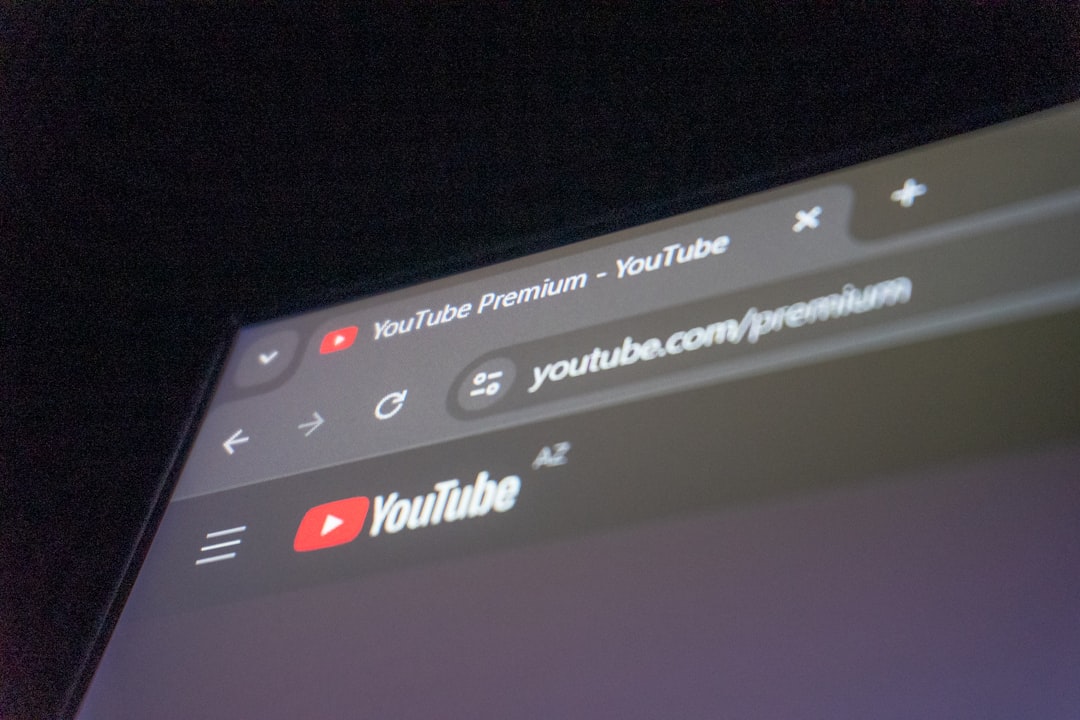Table of Contents
- Introduction
- Understanding Creamy Sun-Dried Tomato Chicken ingredients and their roles
- Step-by-step guide to preparing the chicken and sun-dried tomatoes
- Techniques for creating the perfect creamy sauce
- Tips for cooking the chicken to juicy perfection
- Pairing suggestions and serving ideas to complement the dish
- Troubleshooting common issues and how to avoid them
- Nutritional benefits of Creamy Sun-Dried Tomato Chicken
- Alternative ingredients and dietary modifications for the recipe
- Conclusion
- Frequently Asked Questions
Introduction
Get ready to indulge in a rich and luscious dinner experience that will transport your taste buds straight to Mediterranean bliss. Meet the Irresistibly Creamy Sun-Dried Tomato Chicken, a dish that’s as easy to savor as it is to say. Imagine tender chicken breast bathed in a flavorful creamy sauce, infused with the perfect balance of sun-dried tomatoes, garlic, and fresh herbs. This recipe promises a gourmet delight to surprise your family or to wow your dinner guests.
The secret is in the sun-dried tomatoes, providing a burst of tangy sweetness that elevates the dish to new heights. Accompanied by aromatic garlic and fresh basil, you’re left with a dish that’s not only stunning in appearance but ambrosially delicious. Whether paired with crusty bread, atop a bed of pasta, or alongside garlic mashed potatoes, this creamy concoction is guaranteed to become a staple in your culinary repertoire. Dive into this deeply satisfying article and discover how to serve up magic on a plate.
Understanding Creamy Sun-Dried Tomato Chicken ingredients and their roles
The delicious dish of Creamy Sun-Dried Tomato Chicken is a harmonious blend of flavorful ingredients, each contributing uniquely to the meal’s overall taste and texture. At the heart of this dish is the chicken, typically boneless and skinless breasts or thighs, which serve as a protein-rich foundation. Cooking the chicken until it’s tender ensures a juicy and satisfying texture.
The sun-dried tomatoes are pivotal, adding an intense, tangy sweetness that complements the chicken’s mild flavor. These tomatoes, preserved in oil, are richer in flavor than their fresh counterparts, providing a concentrated taste that permeates the entire dish.
Heavy cream plays a crucial role by creating a silky, rich sauce that envelops the chicken, balancing the boldness of the sun-dried tomatoes. The cream’s fat content is essential for achieving the desired creaminess and thickness in the sauce.
Additional supporting ingredients might include garlic, which offers a sharp, aromatic quality, and herbs like basil or oregano, which layer in earthy, fragrant notes. A sprinkle of parmesan cheese adds a salty, umami depth, rounding out the sauce with a touch of indulgence.
Step-by-step guide to preparing the chicken and sun-dried tomatoes
To prepare a delicious Creamy Sun-Dried Tomato Chicken, start by seasoning your chicken breasts with salt and pepper, ensuring an even coat. Heat a pan with a tablespoon of olive oil over medium-high heat. Once hot, add the chicken breasts and cook each side for about 4-5 minutes or until golden brown. Remove the chicken and set aside.
In the same pan, lower the heat to medium and add a tablespoon of butter. As it melts, incorporate minced garlic and sauté until fragrant. Stir in sun-dried tomatoes, making sure they are well distributed. For deeper flavors, use sun-dried tomatoes packed in oil, as they are more tender and flavorful.
Return the chicken to the pan, nestling it among the sun-dried tomatoes. Incorporate a cup of heavy cream, stirring gently to mix the flavors. Let the mixture simmer for about 10 minutes, ensuring the chicken is cooked through and the sauce has thickened. Taste and adjust seasoning if necessary. Serve the creamy, sun-dried tomato chicken with your choice of pasta or a bed of mashed potatoes for a delightful meal.
Techniques for creating the perfect creamy sauce
Creating the perfect creamy sauce for your sun-dried tomato chicken dish involves a few essential techniques that ensure a smooth and flavorful result. Firstly, use a heavy bottomed pan to evenly distribute heat, preventing the sauce from scorching. Start by sautéing garlic in olive oil over medium heat until fragrant, then incorporate the sun-dried tomatoes to unleash their rich flavors. A well-balanced sauce often begins with a roux, which is a mixture of butter and flour cooked until golden brown. This combination acts as a thickening agent, providing a luscious texture.
Gradually whisk in chicken broth or white wine, allowing the flour to fully dissolve and avoid any lumps. The key to a rich, creamy sauce is adding heavy cream or crème fraîche, which should be simmered rather than boiled, to maintain its smooth consistency. Adjust seasoning with salt, pepper, and Italian herbs to enhance the tomato flavors. For extra depth, introduce some grated Parmesan cheese, whisking until fully melted. This will not only thicken the sauce further but also add a savory undertone.
Patience is essential—allow the sauce to simmer gently, letting all ingredients harmonize for a perfectly creamy complement to your chicken dish.
Tips for cooking the chicken to juicy perfection
Achieving juicy perfection when cooking chicken involves a few key techniques. First, consider tenderizing the chicken breast with a meat mallet to ensure even cooking and consistent texture. Secondly, seasoning is crucial. Use a mix of kosher salt and freshly ground black pepper, allowing the seasoning to penetrate the meat. This not only enhances flavor but also adds to the moisture retention during cooking.
Another essential tip is not to overcrowd the pan to ensure even cooking. If the pan is too full, the chicken will steam rather than sear, resulting in a less desirable texture. Cooking the chicken over medium-high heat allows for a quick sear that locks in juices. When flipping the chicken, do so only once to maintain a crispy exterior while keeping the inside tender.
After cooking, let the chicken rest for a few minutes before serving. This resting period allows the juices to redistribute throughout the meat, avoiding excess moisture loss when cut. For additional flavor, consider deglazing the pan with a little white wine or chicken broth before adding your sun-dried tomato sauce, infusing the chicken with rich flavors.
Pairing suggestions and serving ideas to complement the dish
Creamy Sun-Dried Tomato Chicken is a flavorsome dish that deserves equally enticing sides to elevate its taste. For a well-rounded meal, consider pairing it with a fresh green salad drizzled with a light vinaigrette to balance the rich, creamy sauce of the chicken. The crisp texture of the greens provides a nice contrast, enhancing your dining experience.
If you love grains, a serving of fluffy jasmine or basmati rice makes a perfect companion. Their fragrant aroma complements the savory notes of the sun-dried tomatoes beautifully. Alternatively, you might opt for some freshly baked crusty bread or garlic bread to soak up the creamy sauce, ensuring no delicious morsel goes to waste.
For those who wish to stick to a vegetable-based side, sautéed asparagus or roasted broccoli can be excellent choices. Their earthy undertones pair well with the creaminess, adding a nutritious element to your plate. When it comes to wine, a crisp Chardonnay or a light Pinot Noir can enhance the dish’s flavors, offering a delightful sip between bites. These suggestions not only complement the main dish but also create a harmonious dining experience that satisfies the taste buds.
Troubleshooting common issues and how to avoid them
When preparing creamy sun-dried tomato chicken, several common issues might arise, and knowing how to troubleshoot them can ensure a delightful dish. A frequent problem is the sauce becoming too thick. To avoid this, gradually add your cream, allowing it to reduce while maintaining a smooth consistency. Should the sauce thicken too much, extend it by stirring in a splash of chicken broth or cream.
Another concern is the chicken potentially turning out dry. To prevent dryness, it is crucial not to overcook the chicken. Use a meat thermometer to ensure the chicken reaches an internal temperature of 165°F (75°C). Moreover, pan-searing the chicken before simmering it in the sauce can help lock in the juices.
Sun-dried tomatoes are known for their intense flavor, which can overpower the dish if not balanced. Incorporate them moderately and taste the sauce as you go. If the flavor is too strong, add a bit more cream or broth to balance it out.
By being mindful of these common issues and applying these tips, you can enhance your culinary skills and create a perfectly creamy and flavorful sun-dried tomato chicken dish every time.
Nutritional benefits of Creamy Sun-Dried Tomato Chicken
Creamy Sun-Dried Tomato Chicken is not only a delicious meal but also packs numerous nutritional benefits. The dish primarily centers around chicken, an excellent source of lean protein, crucial for muscle repair and development. High in essential amino acids, chicken helps in building and maintaining muscle mass while also being beneficial for bone health.
Sun-dried tomatoes add a rich burst of flavor along with a significant amount of antioxidants, such as lycopene, which is known for its role in reducing the risk of certain cancers and heart disease. These tomatoes are also high in vitamins C and K, promoting a healthy immune system and strong bones, respectively.
The creamy sauce, often made with ingredients like heavy cream or coconut milk depending on dietary preferences, provides a source of healthy fats. When combined with herbs such as basil or oregano, the dish can lend anti-inflammatory benefits and boost the immune system. Additionally, the use of garlic, commonly included for flavor enhancement, offers antibacterial properties and supports heart health.
Overall, Creamy Sun-Dried Tomato Chicken is a comforting meal that brings together a well-rounded mix of nutrients, offering both culinary satisfaction and health benefits.
Alternative ingredients and dietary modifications for the recipe
Creamy Sun-Dried Tomato Chicken is a delightful dish, but for those with specific dietary needs, several ingredient alternatives can be considered to tailor the recipe. If you’re looking to make a dairy-free version, you can substitute the heavy cream with coconut milk or a homemade cashew cream for a creamy texture without the lactose.
For those following a vegetarian diet, replacing the chicken with tofu or chickpeas offers a protein-rich option that complements the sun-dried tomatoes perfectly. Gluten-free modifications can be made by ensuring that any chicken broth used is certified gluten-free, and if you’re pairing it with pasta, opt for a gluten-free pasta variant such as rice or quinoa pasta.
To reduce the fat content, you can use Greek yogurt as an alternative to heavy cream. This swaps out some of the fat while maintaining a creamy consistency. For those wishing to lower the sodium levels, consider using low-sodium chicken broth and sun-dried tomatoes that aren’t packed in oil or salted excessively.
Thinking creatively about ingredient substitutions not only makes this recipe versatile but also ensures it can be enjoyed by people with a range of dietary preferences.
Conclusion
In conclusion, the Creamy Sun-Dried Tomato Chicken is a truly delightful dish that combines a tantalizing mix of flavors and textures. Each component, from the tender, juicy chicken to the rich, creamy sauce, is perfectly orchestrated to create a meal that’s not only satisfying but also deeply comforting. By mastering the steps outlined in this article, you can easily recreate this restaurant-quality dish at home, impressing family and friends alike with your culinary prowess. Whether you’re indulging in the robust taste of sun-dried tomatoes or the richness of the creamy sauce, each bite promises a burst of flavor.
For those looking to expand their chicken recipe repertoire, we highly recommend exploring The Chicken Bible: Say Goodbye to Boring Chicken with 500 Recipes for Easy Dinners, Braises, Wings, Stir-Fries, and So Much More. With its diverse and exciting selection of chicken dishes, this book is sure to inspire and elevate your cooking. Don’t miss out on the opportunity to transform your meals with innovative and delicious chicken recipes. Get your copy today and discover a world of flavors waiting to be explored!















